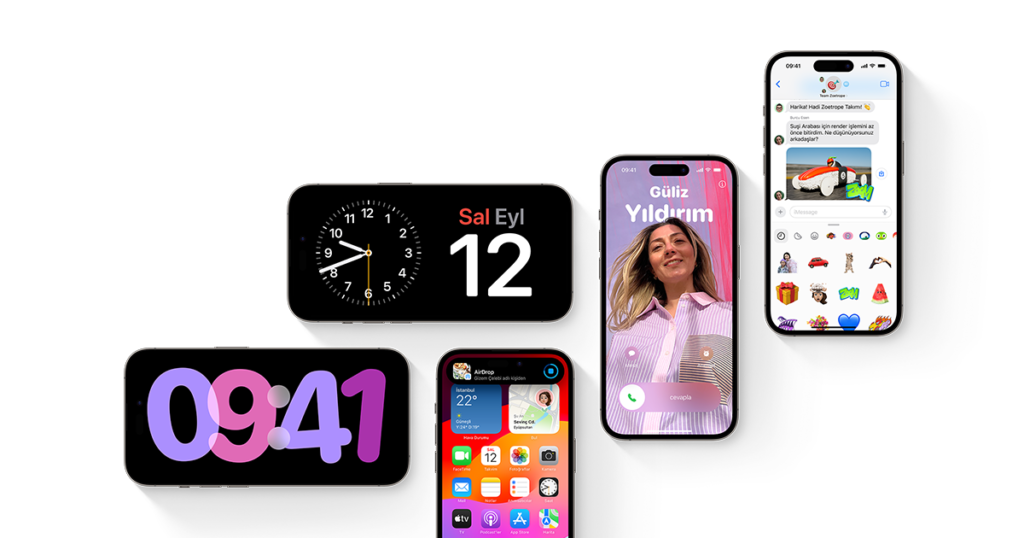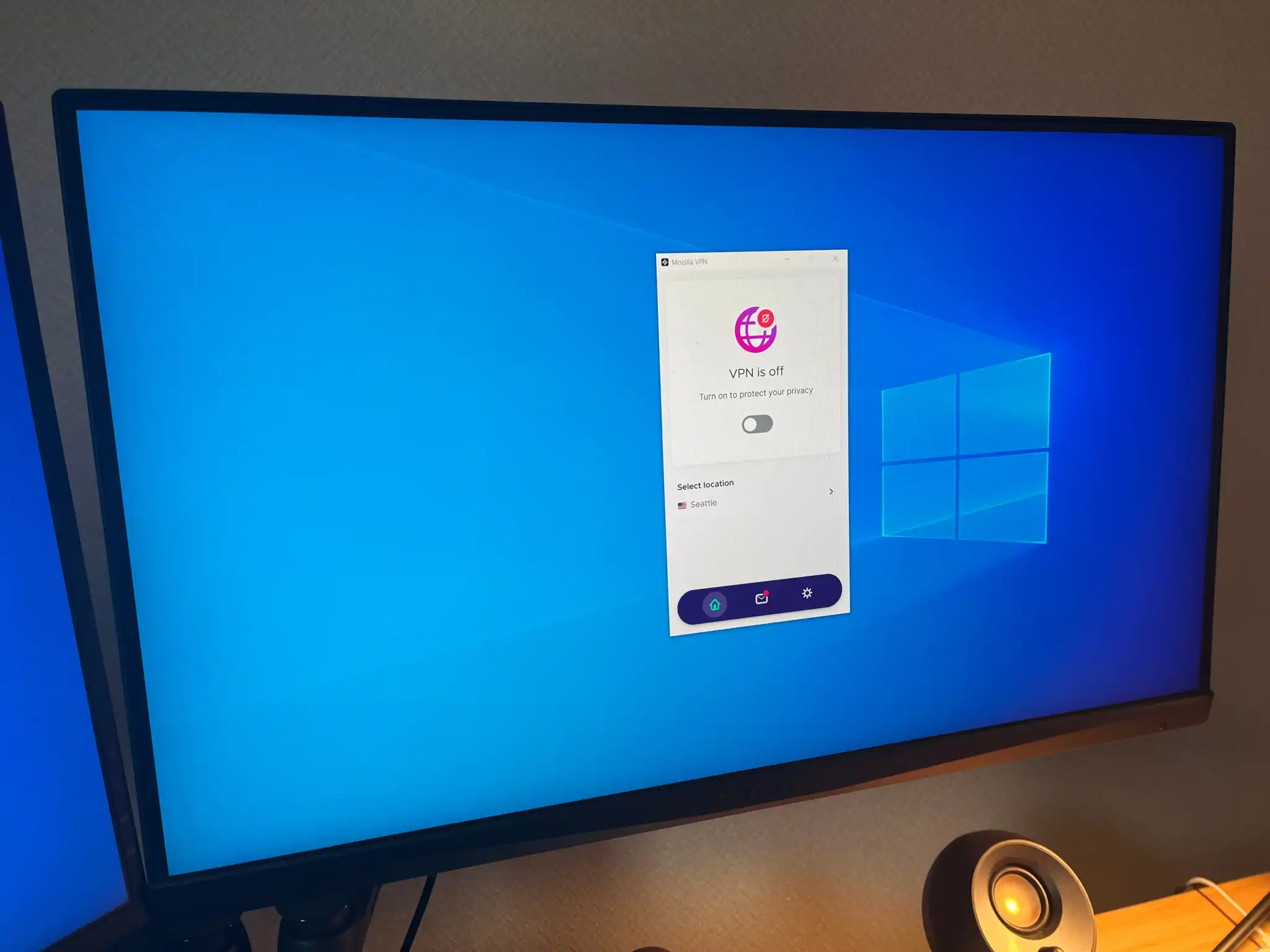
When Apple unveiled iOS 17 in September, it ushered in a wave of new features for iPhones, including the innovative StandBy mode and the playful addition of Live Stickers. Among these enhancements, Apple’s Maps app received a significant upgrade: the ability to download and utilize maps offline. With offline maps, users can select specific areas to download onto their iPhones directly from the Maps app. But how effective is this feature in real-world scenarios?
To put it to the test, I decided to download a map of my hometown and rely on it for navigation over the course of a few days. From grabbing coffee downtown to exploring an outdoor market and attending an NFL game, my wife and I relied solely on offline maps for our navigation needs. Even mundane tasks like driving to the gym or walking the dog became opportunities to gauge the reliability of this new feature.
Accessing offline maps is straightforward. Simply open the Maps app, long-press on the desired area to drop a pin, and tap “Download” at the bottom of the screen. An outline will appear, representing the downloaded area, which you can adjust before finalizing the download. Once completed, a notification banner will confirm the successful download.
After downloading the maps, accessing them is equally simple. Navigate to the “Offline Maps” section in the Maps app settings to manage your downloaded maps and configure offline usage preferences. Enabling the option to exclusively use offline maps ensures seamless navigation even without an internet connection.
Using offline maps mirrors the experience of using online maps, with familiar features like turn-by-turn directions and points of interest. However, there are limitations to consider. Unlike online maps, offline maps cannot provide real-time traffic updates, leading to discrepancies in estimated arrival times. Additionally, if you deviate from the planned route, it may take some time for the offline maps to recalibrate and reorient you.
Despite these limitations, offline maps offer a reliable backup for navigation, akin to traditional paper maps. While they may not account for real-time traffic conditions or provide instant recalculations, they can still guide you to your destination with a bit of patience and occasional detours. So, before setting out on your next adventure, be sure to pack your snacks and embrace the journey, offline maps in hand.




